Méliès As Magician
For September, ShortHaus Cinema is featuring the life and works of Georges Méliès, an inventor, illusionist and arguably one of the most significant figures in early cinema. During his lifetime, he would write, produce, direct and often star in more than 500 films. 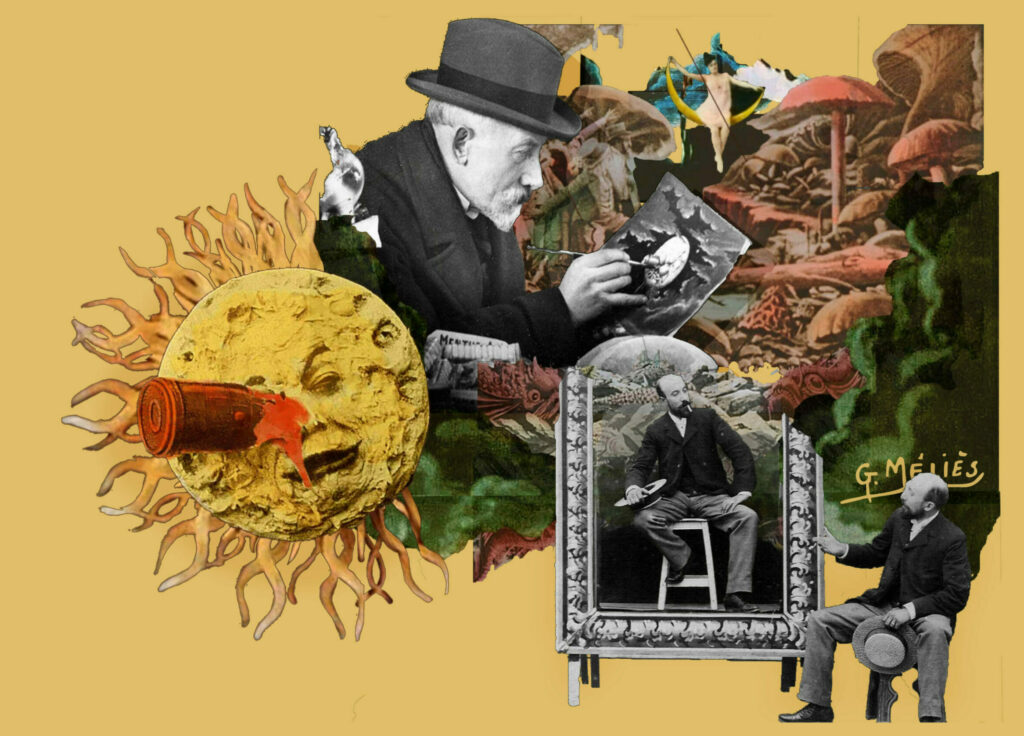
Some 200 of those films remain, surviving the degrading elements of time, the destruction of wars and the chaos of their own maker’s despair. To modern audiences, his films may seem archaic, silly or even boring, but to cinephiles and those who dare to dream, his films are a testament to artistic imagination and the dedication required to bring ideas to life.
La Machine À Lumière
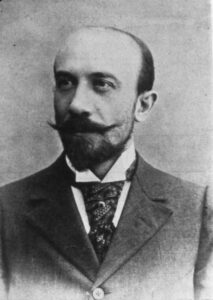
Georges Méliès
Just before the 20th century began, George Méliès began his career as a professional illusionist and actor, inventing over 30 original tricks and eventually purchasing the Théâtre Robert-Houdin. Around the same time, Auguste and Louis Lumière successfully built their first Cinématographe, capable of recording, developing and projecting film at approximately 16 frames per second. Following the public unveiling of the Lumière Brothers’ Cinématograph, Méliès attempted to purchase it from the brothers for 10,000 francs. Unable to convince the Lumière Brothers to sell their camera, Méliès took an old sideshow projector and, being quite the tinkerer and inventor, reverse-engineered it into a functional film camera. But what would he film? Méliès began with what he knew best: tricks and illusions. It would be by happenstance that Méliès discovered what would become his most known contribution to cinema, the magical power of film to bring people’s dreams to the screen.
A Magical Accident
One day, while testing out his camera, Méliès was filming a scene on a street of a trolley when the camera suddenly jammed, halting the recording. After several minutes Méliès was able to alleviate the jam and resume recording, thinking nothing of the passage of time at the moment. Later, while examining the film, he beheld the trolley suddenly and miraculously turned into a hearse. A world of possibilities opened up for Méliès.
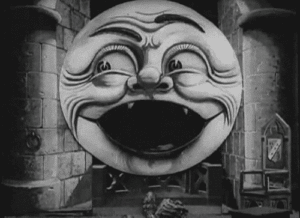
The Astronomer’s Dream – 1898
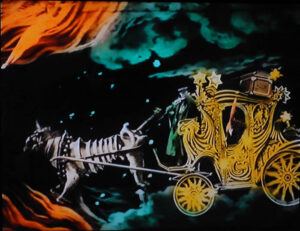
The Merry Frolics of Satan – 1906
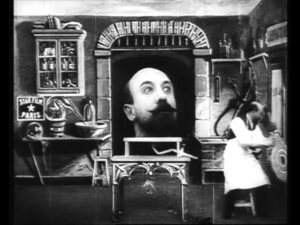
The Man With The Rubber Head – 1902
Fantastic illusions impossible to perform in real life. Slight of hands on a massive scale unlocked by the power of editing. The hearse magically taking the place of the trolley foreshadowed not only Méliès’ devotion to his mind’s illusions but also his love for macabre, satanic and evil characters and themes.
Fantastic Cinema
Méliès had found a new passion in life and immediately set about pursuing it by building one of the first film studios ever, its shape similar to that of the Théâtre Robert-Houdin, where Méliès performed regularly, and its walls made of glass to be able to film in any weather and light.
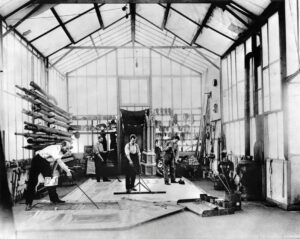
Méliès’ Film Studio in Montreuil
While the Lumière Brothers pursued a realist, documentary style for their films capturing day-in-the-life occurrences, Méliès captured the audience’s imagination with the earliest forms of special (and practical) effects. The Lumière Brothers would eventually leave the film business to pursue developing the first color photographic device. He would pioneer numerous groundbreaking film techniques that are still employed to this day, including the stop edit, double and multiple exposure and the dissolve.
Méliès put all his time and energy into his films, arriving early each day at the studio to write scripts, prepare sets, construct props and coordinate with the countless actors, stagehands, grips, scene designers and other workers he employed. The result of this relentless work ethic and dedication to his craft? One of the most impressive collections of ideas (and dreams) ever put to film. While not all his films survived, each that did is a treasure to behold. A glimpse of real magic.
Laugh, my friends. Laugh with me. Laugh for me, because I dream your dreams. – Georges Méliès
